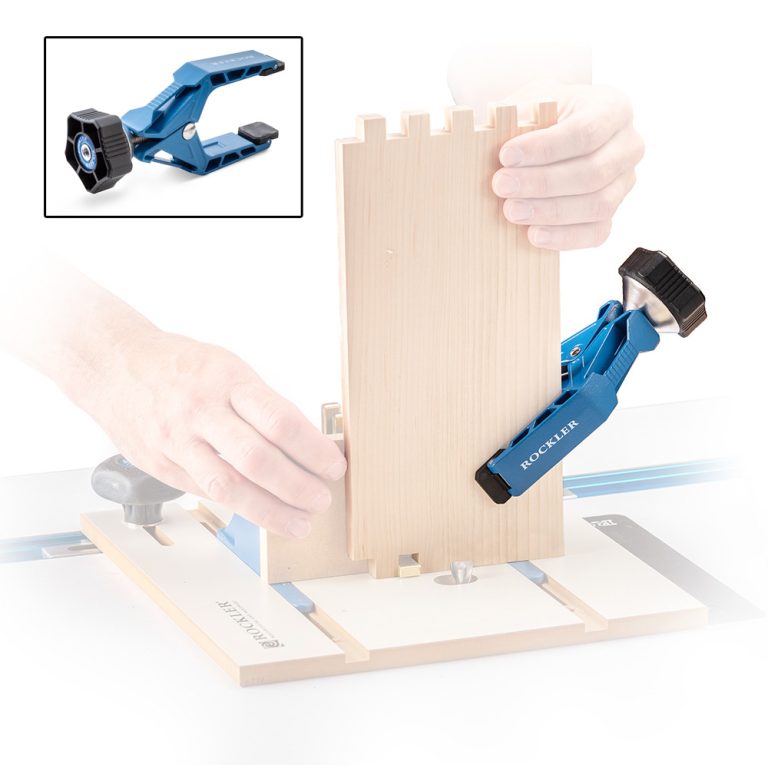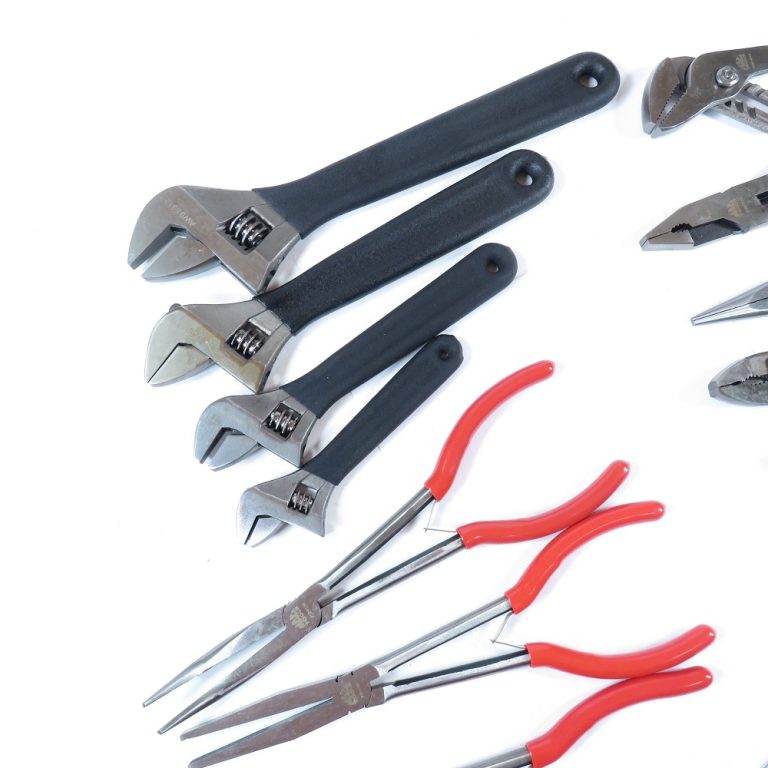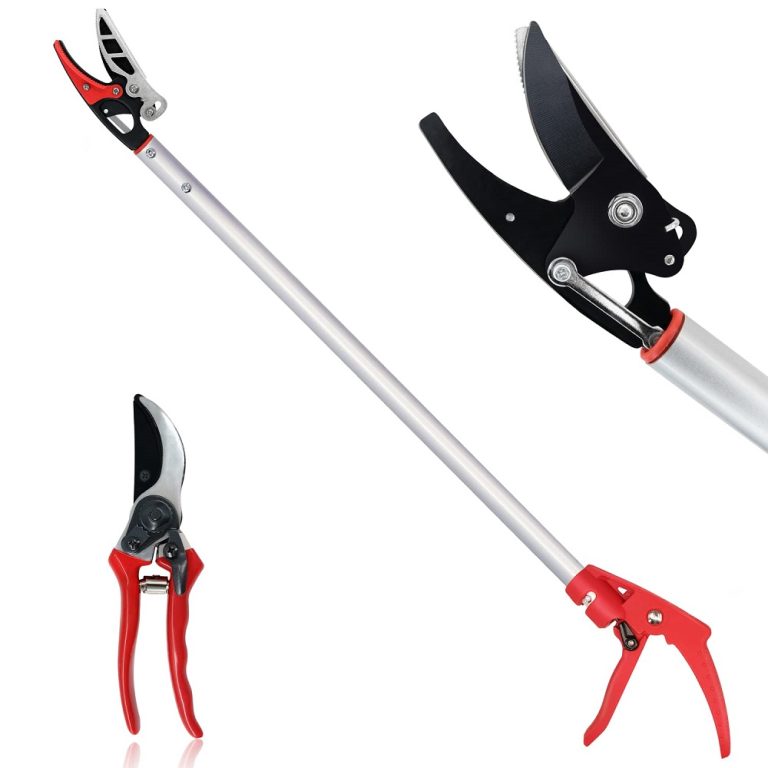The Essentials of Pruning Saws: A Comprehensive Guide
Pruning saws are vital tools for maintaining healthy trees and plants. They enable gardeners and landscapers to manage growth effectively. Using the right pruning saw can significantly impact the overall health of a garden. With various types available, understanding their uses is crucial. This article explores the different pruning saws, their applications, and tips for selecting the perfect one.
Understanding Pruning Saws
Pruning saws are specifically designed to cut branches and stems. Unlike standard saws, they excel in precision and efficiency. These saws feature sharp teeth and a curved or straight blade. Gardeners appreciate their capability of cutting through thick branches. In addition, their design minimizes damage to surrounding foliage. Thus, pruning saws contribute to better plant health.
Moreover, pruning saws come in various sizes and shapes. For instance, some have long handles for higher branches. Others feature shorter blades for close trimming. Depending on the task, choosing the correct style is essential. This versatility allows gardeners to tackle different pruning jobs. From small shrubs to large trees, pruning saws offer adaptable solutions.
Additionally, factors such as blade material and tooth design play significant roles. High-carbon steel blades are common, providing durability and sharpness. Meanwhile, the tooth arrangement affects cutting efficiency. Thicker teeth can handle larger branches, while finer teeth are better for delicate work. Therefore, understanding these aspects aids in selecting the ideal saw.

Types of Pruning Saws
Various types of pruning saws cater to different gardening needs. Hand saws, pole saws, and electric saws are among the most popular choices. Each type serves a specific purpose. Hand saws are perfect for small jobs and detailed work. Their portability allows for easy maneuvering in tight spaces. On the other hand, pole saws extend reach for higher branches. Gardeners can prune trees without climbing ladders.
Electric saws offer speed and efficiency. They cut through branches quickly, making them suitable for larger areas. However, they require a power source and may be heavier. Consequently, the choice of saw depends on the garden size and pruning requirements.
Furthermore, specialty saws, such as folding saws, are gaining popularity. These compact tools easily fit into gardening bags. Their foldable design ensures safety during storage or transport. As a result, gardening enthusiasts can always have a saw on hand.
However, each saw’s unique features should be considered. For example, some pruning saws come with curved blades. These create a natural cutting motion, enhancing efficiency. Straight blades, Conversely, offer precise cuts and control. Each design has its advantages. Therefore, choosing a type that aligns with specific gardening tasks is essential.
How to Choose the Right Pruning Saw
Choosing the right pruning saw is crucial for successful gardening. Various factors influence this decision, including branch size and plant type. Gardeners should first evaluate the specific needs of their garden. Are there large overgrown branches? Or is delicate trimming required?
Next, consider the weight and balance of the saw. A lightweight saw is easier to maneuver. However, a heavier saw may provide added stability for larger cuts. Therefore, the balance between weight and control is critical.
Additionally, check the blade length and type. Longer blades suit taller plants but may be cumbersome for small tasks. Conversely, shorter blades allow for more precise control but limit reach. Assessing the garden layout also helps in making the right choice.
Finally, evaluate the material of the saw’s blade. Stainless steel blades resist rust and corrosion. High-carbon steel blades offer sharpness and durability. For frequent users, a sturdier blade type is advisable. Thus, selecting a pruned saw involves careful consideration of personal needs and preferences.
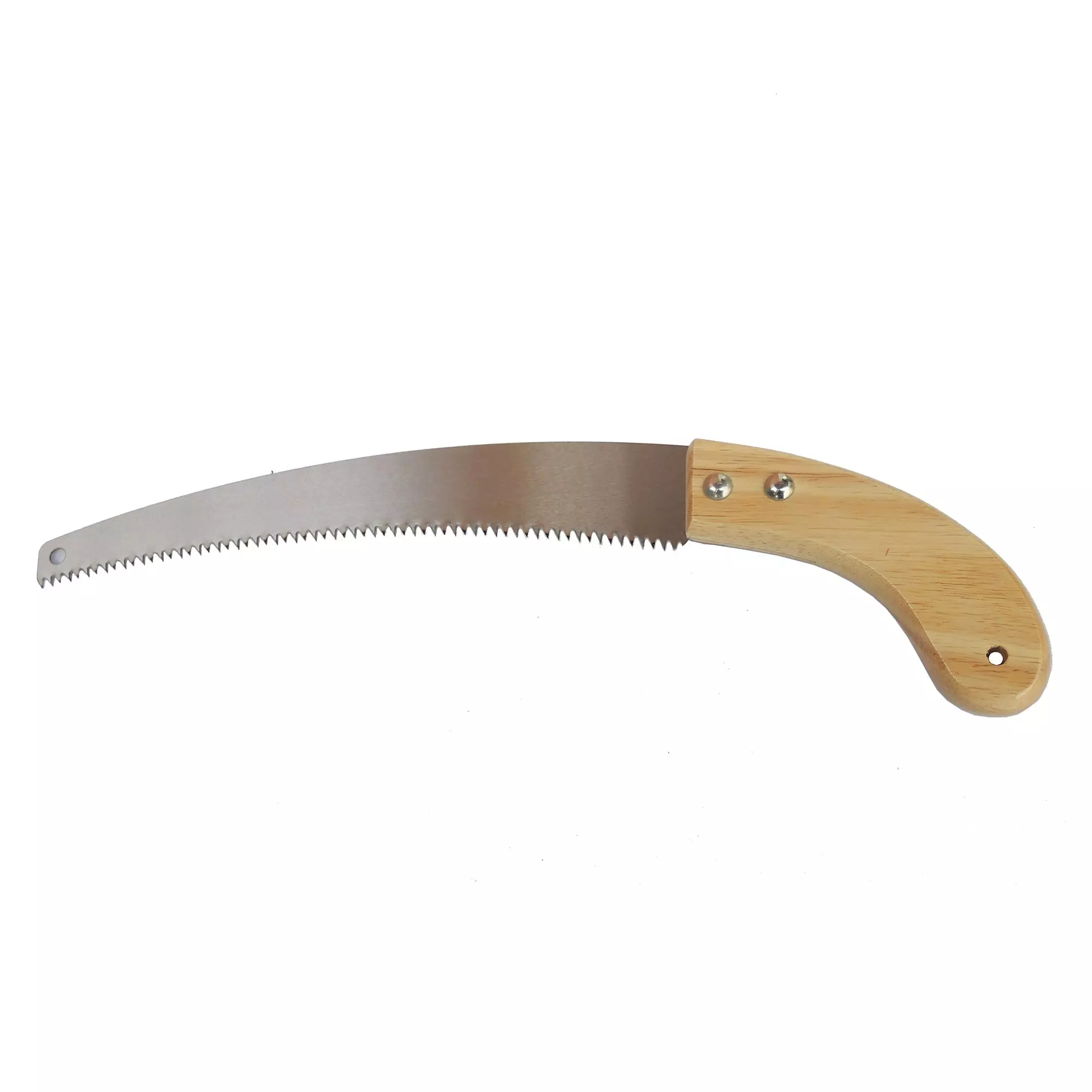
Proper Usage Techniques for Pruning Saws
Using pruning saws correctly enhances both safety and effectiveness. Gardeners should first wear protective gear. Gloves, goggles, and a hard hat can prevent accidents. Safety is paramount when pruning, especially with larger saws.
Next, understanding cutting techniques is vital. Start with making a clean cut at a 45-degree angle. This technique encourages healing and reduces damage. Additionally, it’s essential to avoid cutting too close to the trunk. Leaving a small collar allows the plant to heal properly.
Another critical aspect is knowing when to prune. The ideal time varies depending on plant type. Generally, late winter or early spring is suitable for most trees. However, flowering plants may require trimming right after blooming.
Moreover, pruning in dry weather is beneficial. Wet conditions can increase the risk of disease. Additionally, cutting during dry months allows the cuts to heal faster. Thus, knowing when and how to prune maximizes the effectiveness of the saw.
Maintenance of Pruning Saws
Proper maintenance extends the life of pruning saws significantly. Regular cleaning prevents debris build-up, allowing for efficient cutting. After each use, wipe the blade with a clean cloth. Remove sap and dirt to maintain sharpness.
Sharpening the saw blade is another crucial aspect. Dull blades can lead to ragged cuts, harming the plant. Using a fine file or sharpening stone ensures a clean edge. Gardeners should regularly check the blade’s sharpness. Additionally, proper storage is vital. Keeping the saw in a dry place prevents rust and damage.
Lubricating the blade with oil fosters smooth operation. This simple step reduces friction and makes cutting easier. Furthermore, checking for loose screws or damaged handles is essential. Regular inspections prevent accidents and ensure safety during use.
Finally, consider the saw’s overall condition. If the blade is heavily worn, replacement might be necessary. Investing in high-quality tools pays off in the long term. Thus, maintaining a pruning saw leads to better performance and longevity.
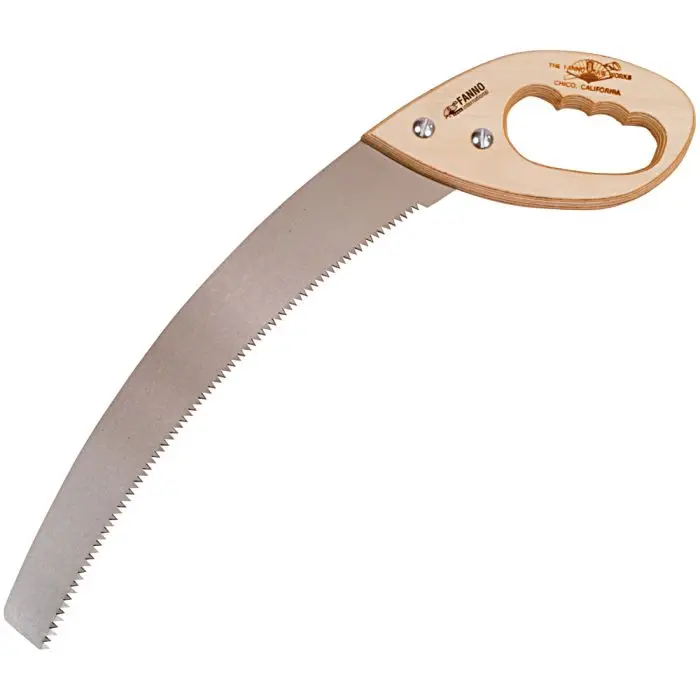
Seasonal Pruning: The Best Times to Use Pruning Saws
Seasonal pruning is an essential component of plant care. Different plants have unique needs depending on the time of year. Understanding these requirements ensures healthy growth and blooming.
Late winter or early spring is typically the best time for most trees. During this period, plants are dormant. Pruning now encourages stronger growth in the coming months. Additionally, cuts made in winter often result in fewer diseases.
Summer pruning is ideal for shaping and controlling growth. It helps manage excessive foliage and allows more light to penetrate. However, avoid pruning during the hottest months. Doing so can stress plants and lead to damage.
Autumn serves a different purpose. While major pruning is not recommended, removing dead or diseased branches is crucial. This practice prevents the spread of diseases during winter. Thus, seasonal timing significantly affects plant health.
Enhancing Garden Aesthetics with Pruning Saws
Pruning saws do more than maintain plant health; they enhance garden aesthetics. A well-pruned garden appears organized and vibrant. Therefore, gardeners use pruning saws to achieve these effects.
Properly shaped trees and shrubs contribute to a harmonious landscape. Thoughtful pruning creates balance and improves visibility. Additionally, it enhances flowering and fruiting potential. Thus, gardeners can shape their plants to mirror their preferences.
Moreover, creating focal points in a garden is achievable with proper pruning techniques. By trimming certain plants, they stand out against others. This method adds dimension and interest. Gardeners can design their outdoor spaces with creativity.
Furthermore, seasonal changes can also be highlighted through pruning. Maintaining an open structure allows for new growth patterns throughout the year. The beauty of a garden evolves with proper care. Therefore, pruning saws play a crucial role in creating stunning outdoor spaces.

The Environmental Benefits of Using Pruning Saws
Using pruning saws offers significant environmental benefits. Healthy plants contribute to a sheltering habitat for wildlife. Pruning promotes improved air circulation and light penetration. Consequently, plants become more resilient against pests and diseases.
Additionally, removing dead or diseased branches revitalizes overall plant health. This practice encourages new growth and flowering. Healthier plants also store more carbon dioxide, benefiting the atmosphere. Thus, pruning saws contribute to a more sustainable garden.
Moreover, responsible pruning practices help maintain biodiversity. By nurturing native species, gardeners create balanced ecosystems. These environments thrive on natural interactions among plants and animals. Therefore, pruning plays a critical role in preserving local flora and fauna.
Furthermore, well-maintained plants are less likely to need chemical treatments. This outcome reduces the overall environmental impact. Sustainable gardening practices lead to healthier ecosystems. Thus, the role of pruning saws in ecological health should not be underestimated.
Conclusion: Investing in Quality Pruning Saws
Investing in quality pruning saws pays off in multiple ways. Durable tools enhance gardening efficiency and results. Moreover, the right saw offers comfort and ease of use. This investment ensures longevity and effectiveness.
High-quality pruning saws often come with warranties. Such guarantees prove manufacturers’ confidence in their products. Additionally, well-constructed saws provide safety and reliability. Gardeners should focus on reputable brands to secure their purchases.
Furthermore, learning proper techniques maximizes the benefits of pruning saws. Continuous education ensures effective pruning practices. Online resources and community classes provide valuable insights. Thus, gardeners can stay informed on best practices.
In conclusion, utilizing pruning saws significantly enhances garden care. These tools assure the health of plants and the beauty of outdoor spaces. Investing in a quality pruning saw is essential for every garden enthusiast. Every garden deserves the best tools for its ongoing health, functionality, and aesthetics.

